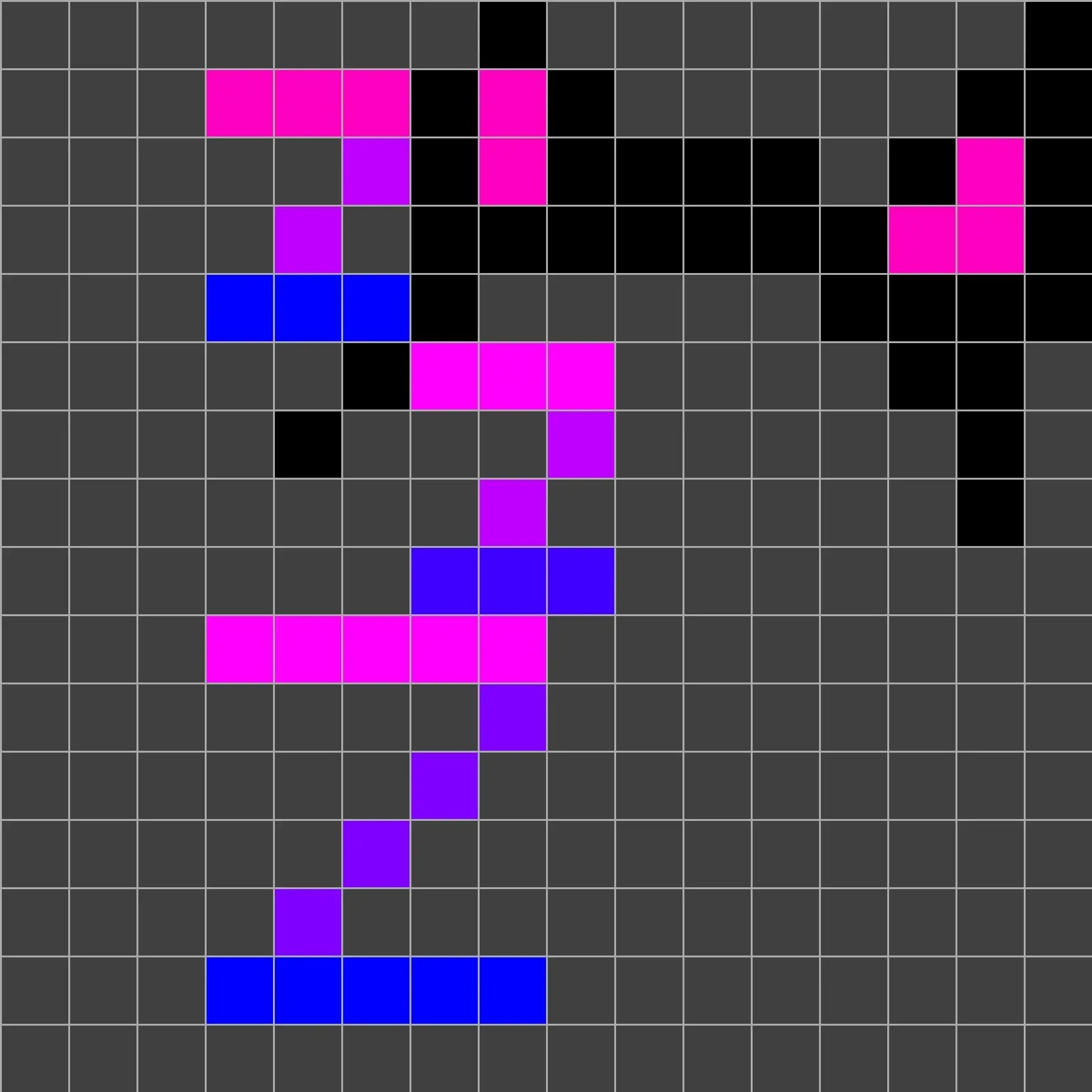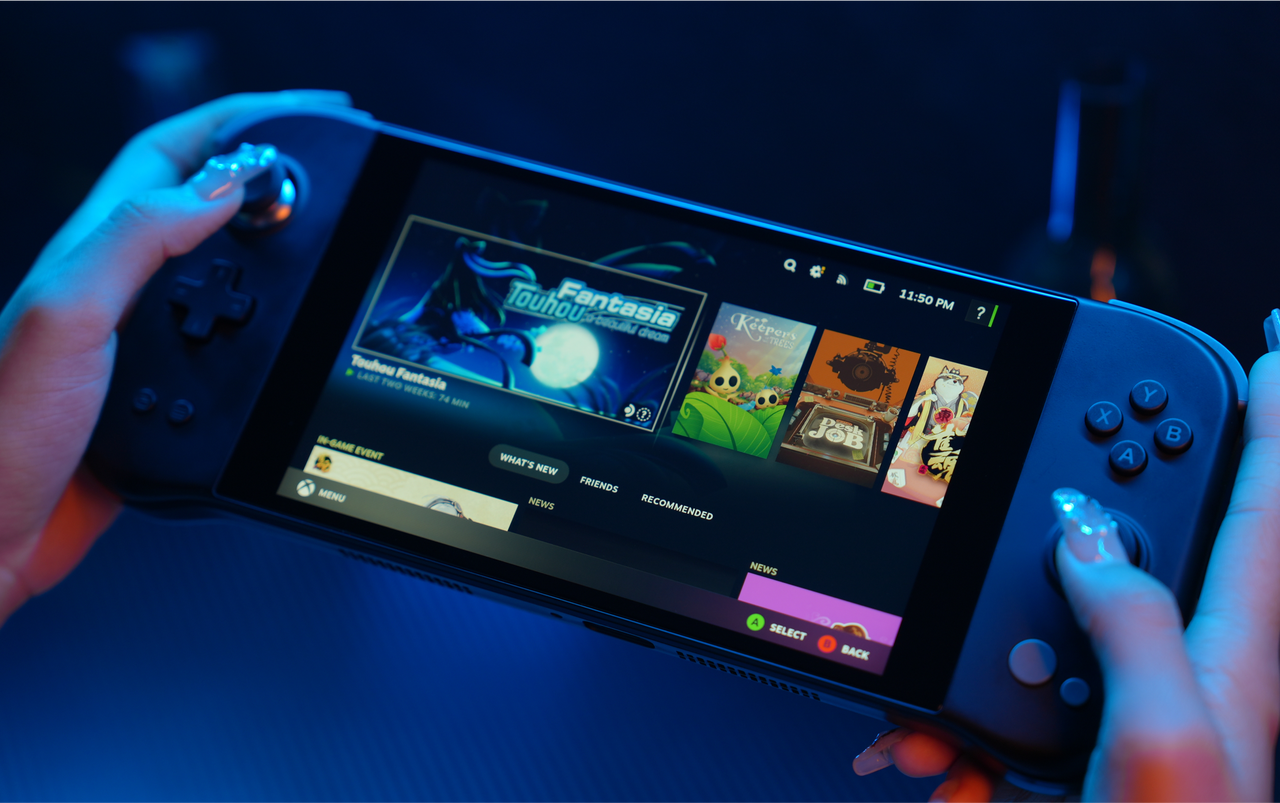https://ayaneo.com/article/806
Here is from their website which also says “AYANEO NEXT LITE comes pre-installed with the SteamOS gaming system for the first time”.

Any word on what the hardware specs are? Someone there used their brain and loaded up SteamOS, but the hardware needs to be worth the jump or it’s just a steam deck clone.

They specifically said “it’s not a powerhouse”. It’s supposed to be a lower power device with a big battery, capable of playing less demanding games for a long time. SteamOS also makes a lot of sense for this goal, since windows handhelds get pretty terrible battery life in low power games. The price is supposed to be low as well, although it’s not clear yet if that’s just low by Ayaneo’s standards or if it will actually be cheaper than the deck.

That fits the kind of use case I would want from something in addition to the Deck. That said, I don’t know this is the form factor I’d want; what I’d love is something that could actually fit in my pocket like a Gameboy. This seems like it’d be a bit big for that.

Maybe look into emulation handhelds? Not really what you’re looking for but some small and cheaper ones run up to ps1 for 40-50 euro

I love my steamdeck, but I would hardly call it a powerhouse. You have to make pretty serious compromises on your visuals for AAA games with a few notable exceptions. Anything not well optimized can also struggle.
So yeah I’m down for a device that isn’t as powerful but if the gap is too wide it really is only going to strictly be a little indie game machine. Which is cool and but important to note.

Battery tech and x86 chip tech doesn’t really make a “powerhouse” handheld possible, unless you completely abandon the idea of it having any acceptable battery life.
There’s talk about the next few years being when arm and risc-v will start to replace x86 for windows/Linux, and that could possibly make a big difference. But I also imagine game compatibility and performance will be pretty poor starting out, so it’ll be quite a while I imagine.

I’m just using the language they’re using haha but yes I agree
Probably they are going to reveal specs tomorrow (subscriptions open at 9:30 PM 1/11/2014 EST) maybe on indiegogo

indiegogo
That’s still a thing?

Yeah? I mean AyaNeo does release them there like if not all the time most of the time.

I mean I guess it reflects on them a little bit, but I’m more commenting about indiegogo. I’m not really giving ayaneo (too much) heat.

Interesting choice to include Aperture Desk Job onscreen in this shot


Why do you say that? It works on PCs. All you need is a controller. The game adapts to the controls you have and the ones you lack.
For example, on my Steam Controller, when it asks you to press the four buttons on the back, pressing the two paddles on the SC emulates the Deck’s two on one side and two on the other.

Finally a Deck rival I might actually be interested in.

What happens to AyaneoOS then?

From what I heard, they decided to use SteamOS instead. They wanted to avoid “fragmentation”, although I’m not sure that would really be a concern for Linux.
I imagine steamOS is going to be a more polished experience than AyaneoOS would have been, and hopefully have better support/updates.

what likely happened is they l9oked at the work they would need to do, then looked at the outcome they would get, compared that against SteamOS and concluded that slightly rebranding it would be the better option (think custom boot splash, maybe more launchers pre-installed)

Great news and I’m sure that more will follow.

heck yeah

Fantastic. One of the weirdest things I’ve heard from people casually interested in Steam Deck is: can I put Windows on it? Things like this at least suggest to those people that, in fact, not everyone using the Deck is wrong when they say the SteamOS/Linux experience is great, after years of work.
Of course the competition is good too!

Knowing ayaneo they will release it and it’ll be obsolete in 10 minutes


